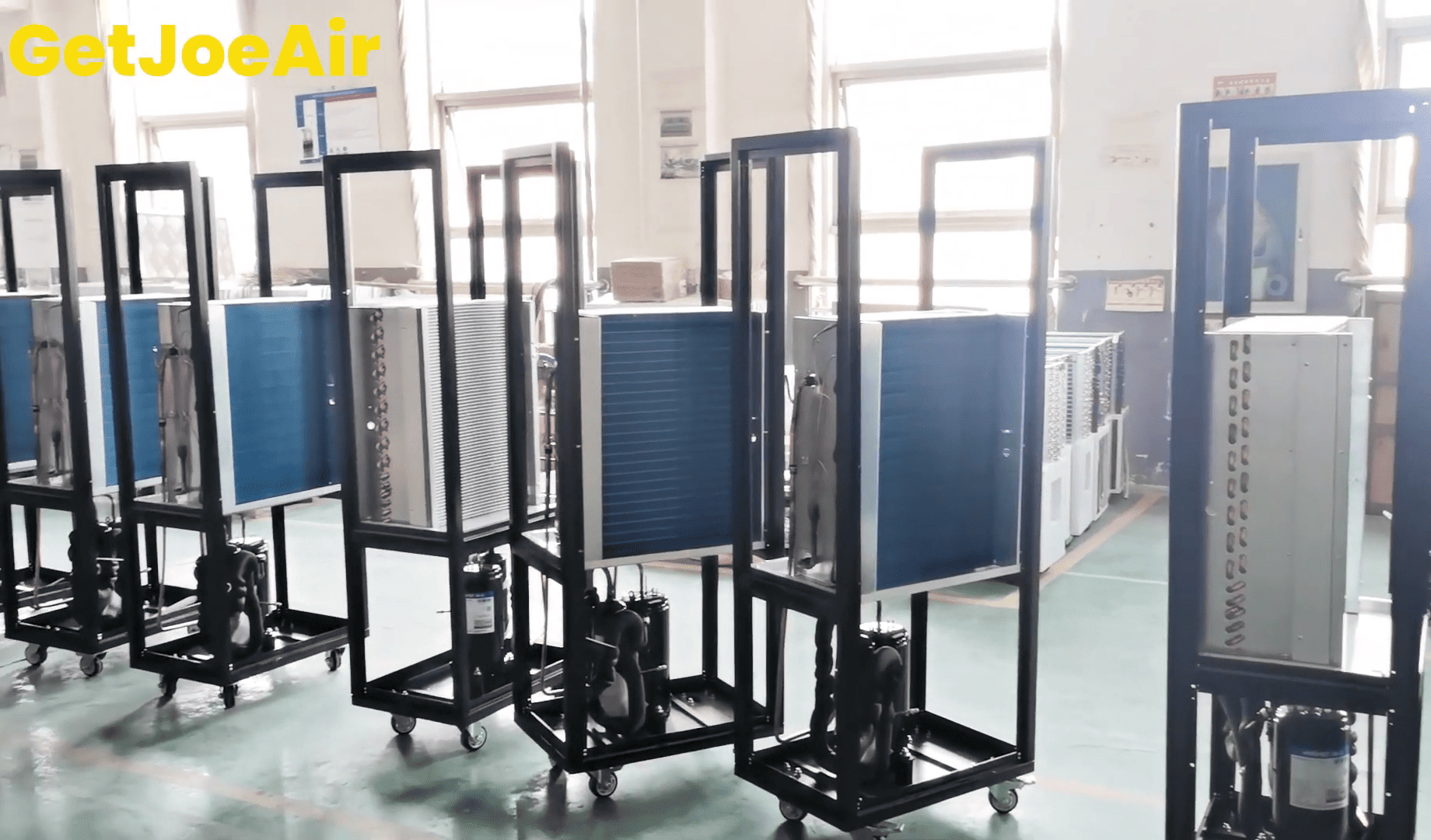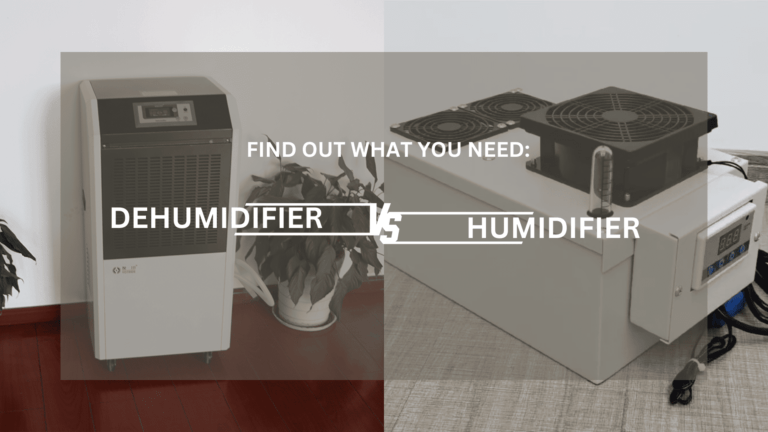Dehumidifier manufacturing process comes with different challenges in each stage. Advance expertise is required to perform each manufacturing step without any trouble. In this article, I am going to share with you a detailed view of each step of the dehumidifier manufacturing process. Let’s rush down and get to know the main details.
Dehumidifier Manufacturing Process
Dehumidifiers are a fresh beginning for indoor humidity control, and homes and businesses protection from moisture-related issues. The manufacturing process of a dehumidifier carries forward with multiple stages. All the stages are shared below in detail.
1. Frame Setup
The manufacturing process begins with the frame setup. It marks the structural foundation for housing the internal components. ABS or polypropylene plastics or metals such as aluminum or steel are the mandatory choices for the dehumidifier frames. They also have a rust and environmental wear promise with the powder coating. The frames also have pre-drilled holes for mounting purposes.
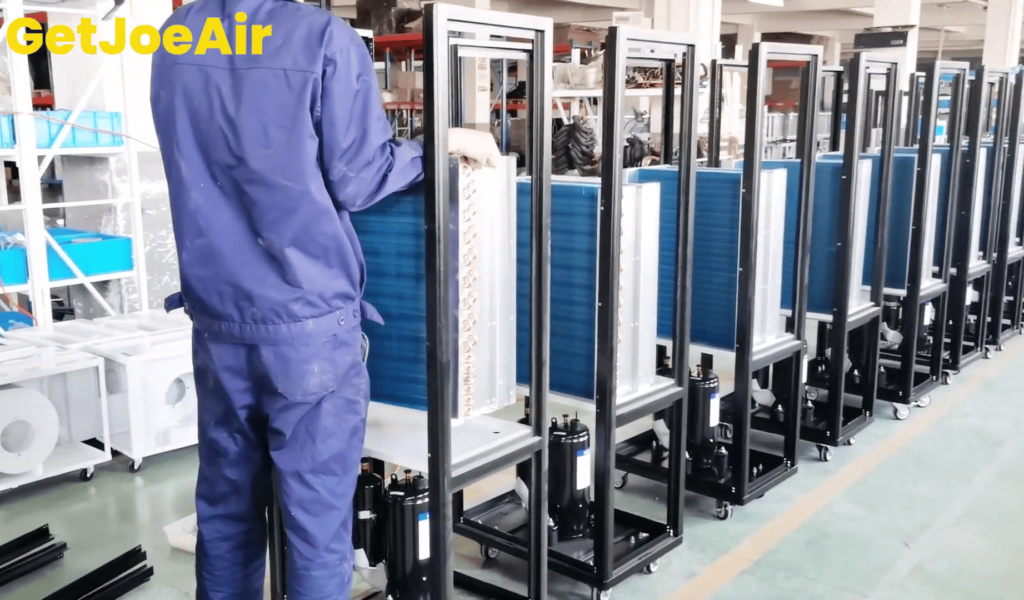
2. Installation of Components
A clean and organized assembly line is essential for the installation of components. The compressor, fan, condenser, evaporator coils, and water reservoir are the main parts of a dehumidifier.
If you consider something as the heart of the dehumidifier, then you should call it the compressor. It is often mounted on vibration-damping pads to minimize noise. Screws/brackets are used to secure components in place. Alongside the coils, the fan motor and blades will be installed.
A water reservoir or drainage pipe is also added to collect or redirect condensed water. Finally, the control panel, circuit board, and power supply are installed. It is followed by air filters, sensors, and safety components as required.
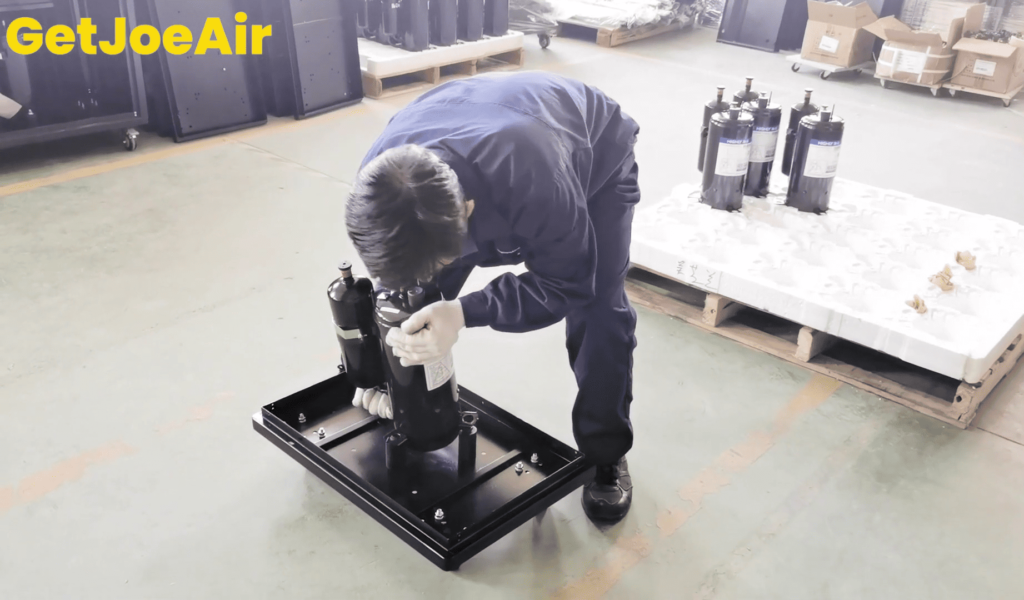
3. Electrical Wiring
In this stage, all electrical components govern for better functionality and safety. This process establishes power distribution and introduces seamless communication to various components. Careful wiring clears out any lack of dehumidifier operation efficiently and complies with safety standards.
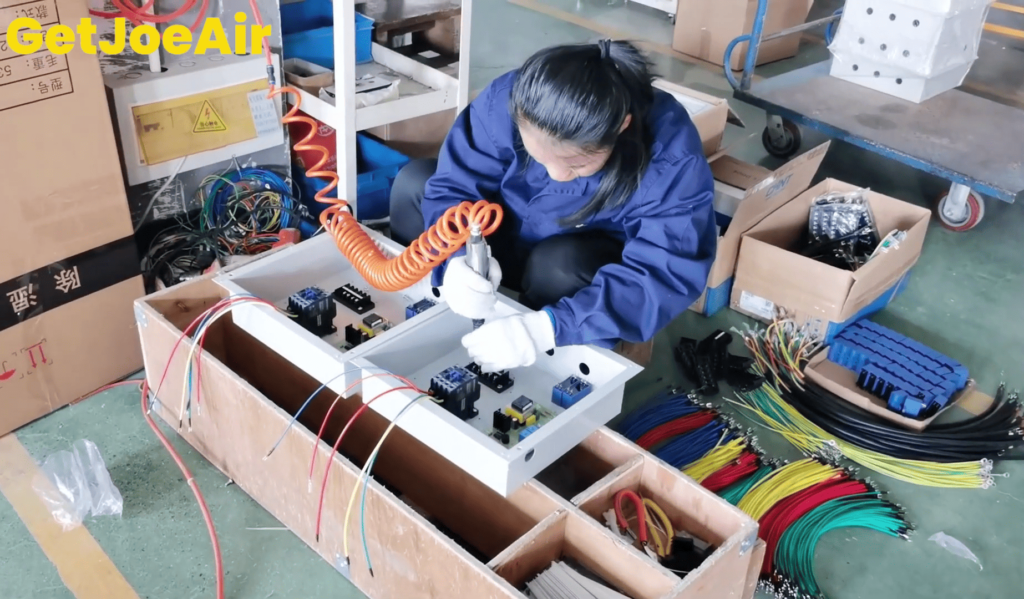
4. Refrigerant Charging
The refrigerant charging stage operates as the cooling function. Before adding refrigerant, the system is checked for proper sealing. A vacuum pump is connected to the system via service ports to remove air and moisture.
R-410A, R-134a, and R-32 are some of the major refrigerant options for dehumidifiers. A manifold gauge set is employed to measure refrigerant levels. EPA guidelines are followed strictly throughout the process.
5. Quality Control and Testing
Every dehumidifier unit undergoes particular quality control and testing. A dedicated test station equipped with tools, sensors, and instruments completes the whole process. Electrical safety verification, pressure, and leak tests are the major tests that need to be followed in this stage. Sensors and control panels are also thoroughly tested to guarantee reliability.
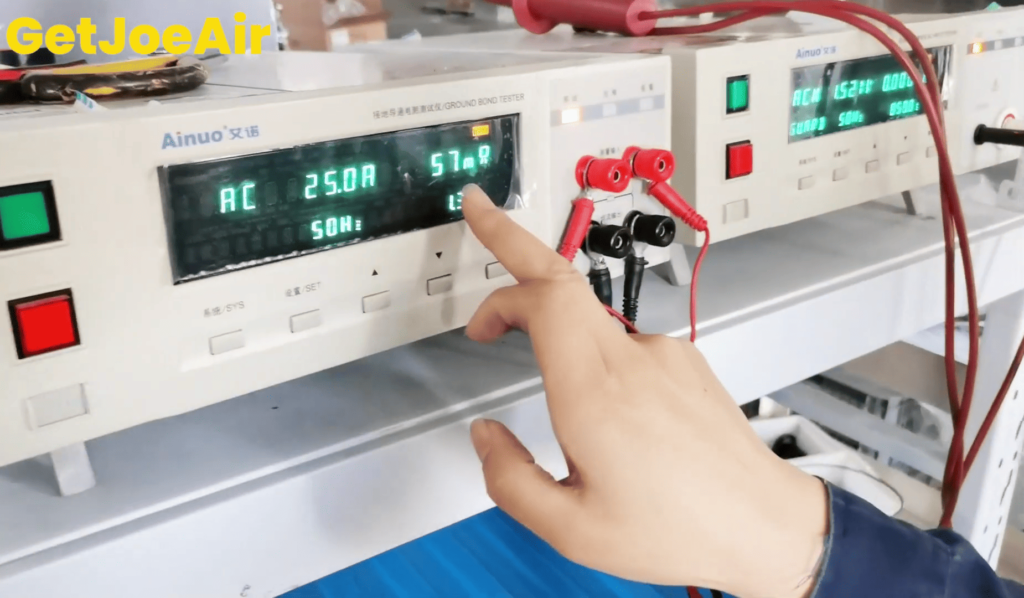
6. Sealing the Frame
Once all dehumidifier components are installed and tested, the frame is sealed to protect against air or moisture leaks. Pre-cut gaskets are applied around openings, and industrial-grade adhesives are used to secure joints. Foam insulation is also added around the evaporator and condenser. It can also be followed by edge trimming and a final surface coating for top durability and appearance.
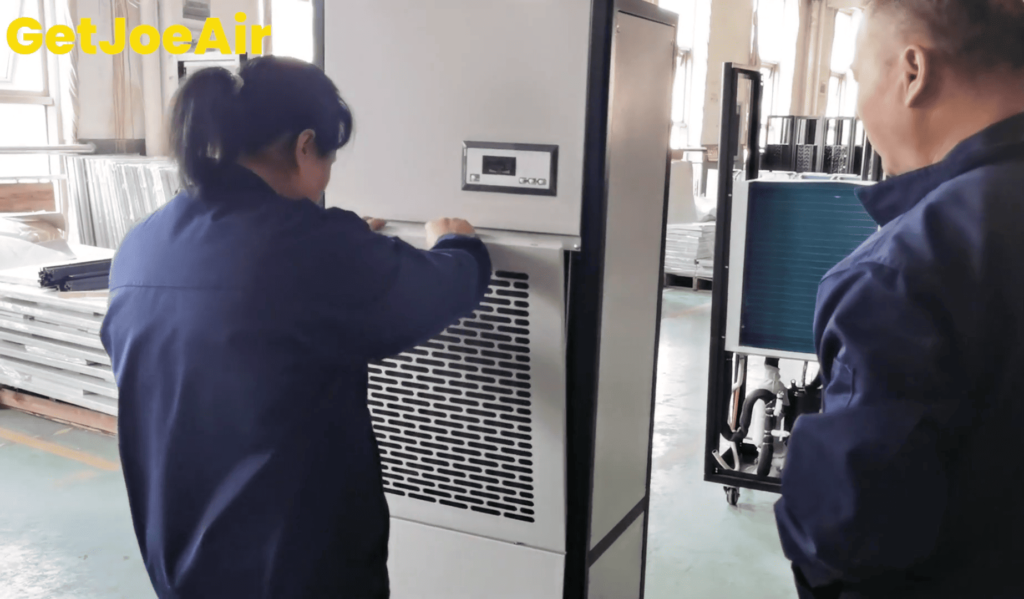
7. Packaging and Shipping
The last stage involves packaging and shipping. Each dehumidifier undergoes a final quality check before being carefully cleaned and labeled. A protective wrapping layer is added to shield the unit from damage.
After that, it is securely placed in a box with appropriate supports. The box gets wrapped with industrial-grade tape, and labeled with shipping and branding information. Packages are then loaded onto pallets and sent to their destinations.
How Is Dehumidifier Quality Ensured During the Manufacturing Process?
The best quality of a dehumidifier is essential to meet consumer expectations. The industry standard needs to be maintained by all means. Some tips that you need to follow for dehumidifier quality assurance shared underneath.
- All materials need to be checked for defects before packaging.
- Components need to be assembled using automated or manual precision techniques.
- The main drive force compressors should be at top level for functionality and efficiency.
- You also need to perform testing under various conditions to test efficiency and output.
- Proper packaging needs to follow market standards for product safety.
Conclusion
You already know the whole process of dehumidifier manufacturing. Engineering, innovation, and quality assurance comes as a team to build your expected high quality dehumidifier. The whole process is directed to a high industry standard that is followed globally for dehumidifiers. Stay with us for more updates shortly.

